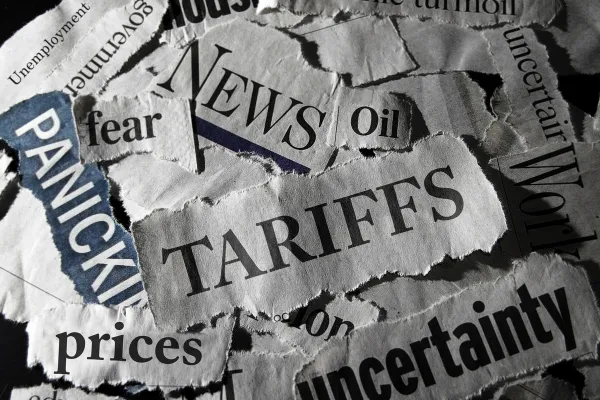Introduction: How Tariff Policies Shape M&A Strategies
Mergers and acquisitions (M&A) are heavily influenced by economic policies, and with the latest tariff adjustments in the United States, dealmakers must be prepared for significant shifts in valuations and negotiation tactics.
Did you know that tariff fluctuations have historically led to price volatility in key industries like manufacturing, retail, and technology? Many businesses that rely on global supply chains are facing increased costs, while domestic competitors may see valuation boosts due to shifting demand.
In this guide, we’ll explore: ✔ How tariffs impact business valuations and deal structures ✔ Financing strategies amidst economic uncertainty ✔ Best practices for mitigating tariff risks in M&A
1. How Tariff Uncertainty Affects M&A Deals
Tariffs impact companies in multiple ways, influencing: ✅ Business Valuations (Higher costs may reduce net profit and decrease a company’s market value) ✅ Supply Chain Stability (Tariffs on imported materials can cause production delays and increased expenses) ✅ M&A Financing (Banks and investors may tighten funding due to economic instability) ✅ Negotiation Leverage (Buyers may demand price reductions due to uncertainty)
💡 Example: In 2019, a major U.S. automotive manufacturer backed out of an acquisition deal due to unexpected tariff hikes that increased their supplier costs by 15%, making the target company less profitable.
2. Strategies to Navigate M&A in a High-Tariff Environment
🔍 A. Conduct Thorough Financial Due Diligence Analyze how potential tariff changes affect:
Revenue and EBITDA projections
Cost structures and pricing models
Debt obligations and overall financial health
📜 B. Diversify Supply Chains Businesses looking to sell should minimize reliance on tariff-sensitive imports by:
Sourcing alternative suppliers
Exploring domestic production options
Partnering with logistics firms that offer tariff-free routes
🏭 C. Leverage Alternative Deal Structuring Sellers can mitigate risk by using:
Earn-outs (Performance-based payments to compensate for financial uncertainties)
Contingency clauses (Tariff adjustments impacting valuation post-close)
Seller financing (Deferred payment structures to spread risk)
💡 Pro Tip: Buyers should conduct stress tests on financials by modeling different tariff scenarios to ensure long-term viability.
3. Case Study: How a Tech Firm Overcame Tariff Hurdles in a $500M Acquisition
A leading U.S.-based semiconductor company planned to acquire a Chinese chip manufacturer in 2023. However, new U.S. tariffs on Chinese electronic components threatened the deal’s profitability.
Challenges Faced: ❌ Increased costs of semiconductor imports by 18% ❌ Regulatory scrutiny on cross-border technology acquisitions ❌ Investor concerns about post-merger financial stability
Solution: ✔ The acquirer negotiated a phased payment structure to hedge against tariff risks. ✔ They diversified supply sources, reducing reliance on Chinese parts by 40% pre-merger. ✔ The company secured government incentives for domestic chip production to offset increased costs.
Outcome: The deal was successfully completed, with minimal tariff-related losses due to proactive risk mitigation.
Conclusion: M&A in a Tariff-Driven Market
As the U.S. government continues to refine trade policies, businesses engaged in M&A must stay agile. Tariffs can either create new opportunities or pose significant risks—success depends on a proactive approach to financial planning and deal structuring.
📣 What’s your take on tariff-related M&A risks? Share your insights in the comments below!
📥 Get a FREE M&A Risk Assessment Checklist – Sign up for our newsletter today!






